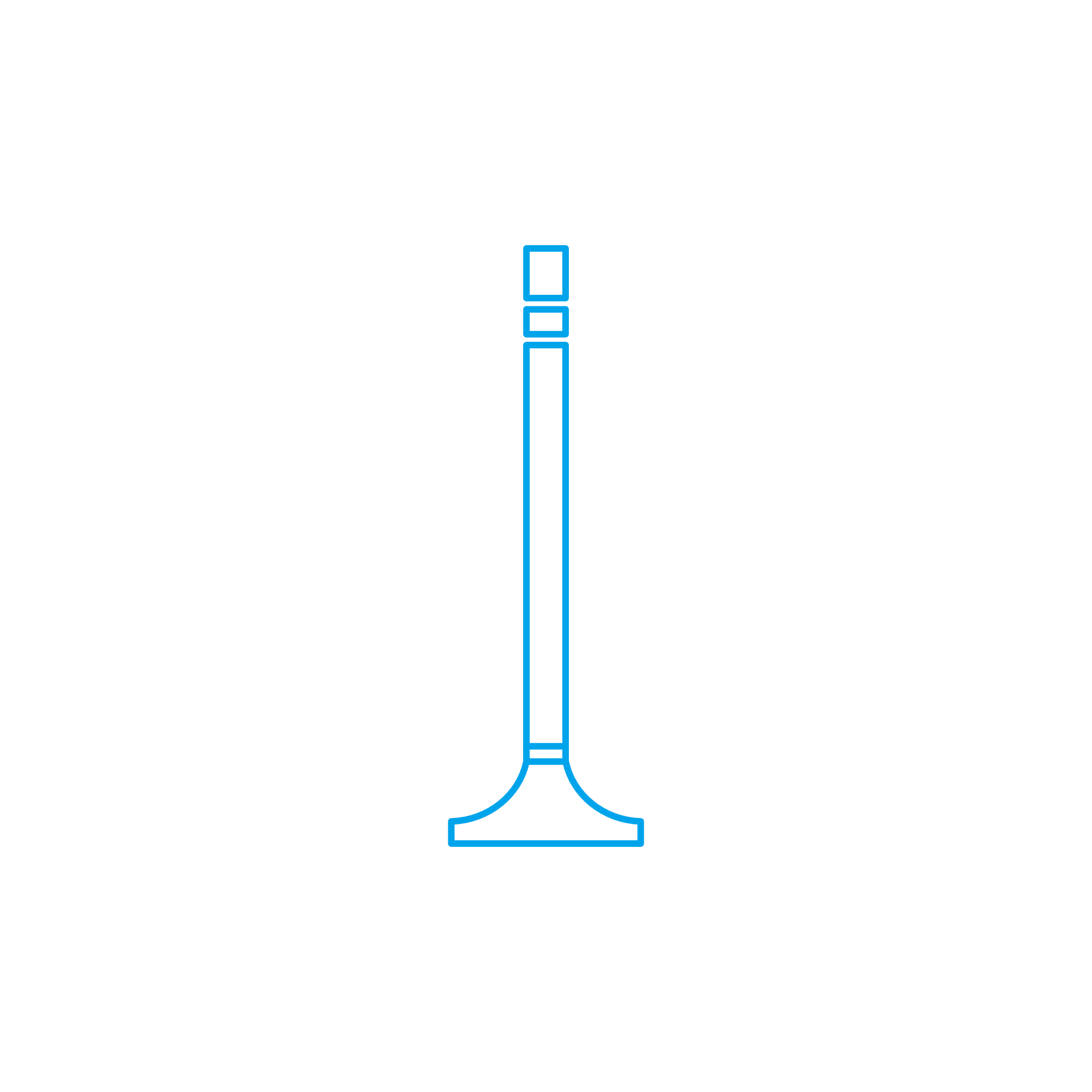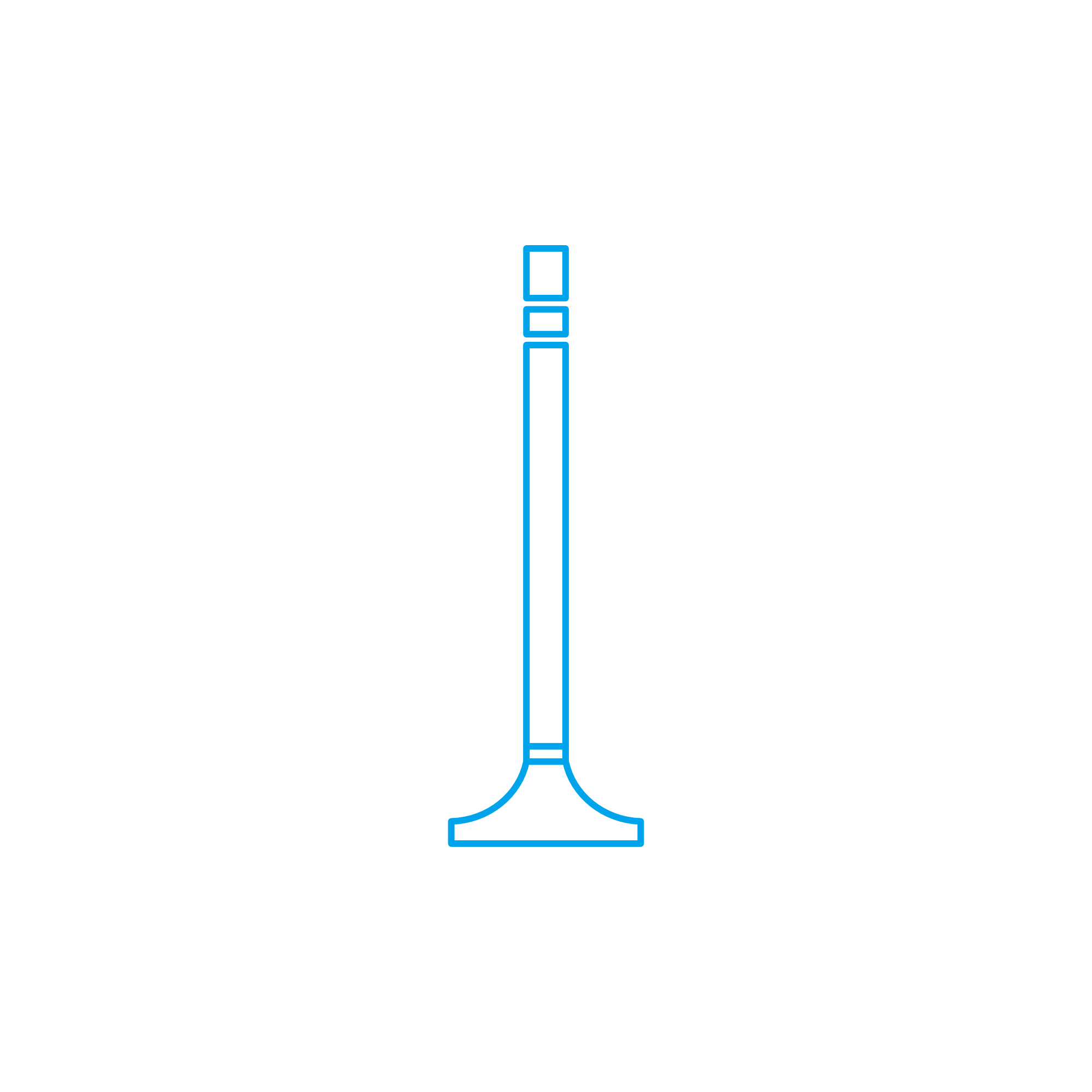THROTTLE VALVE and Valves for high-performance diesel and gas engines
Valves are precision flow-control components that regulate gases and liquids throughout an engine. From air intake and exhaust to fuel, coolant, lubrication, starting air, and safety circuits, Valves shape combustion quality, efficiency, emissions, and operational safety. Within this category, the THROTTLE VALVE plays a key role in the air path, while intake/exhaust poppet valves, check valves, relief valves, and fuel admission valves safeguard performance and equipment integrity across marine engines, power-generation sets, and industrial installations.
In large-bore marine engines and modern power plants, valves operate under high temperature, pressure, and corrosive conditions. Precision seat geometry, robust materials, and reliable actuation ensure stable load changes, clean combustion, and low lifecycle cost. Selecting the right Valves and keeping them within specification is essential to protect major assets such as cylinder heads, turbochargers, exhaust systems, and emission-control equipment.
Technical function: Valves and the THROTTLE VALVE in diesel and marine engines
Engine Valves fulfill distinct functions across subsystems. Intake and exhaust poppet valves meter charge air and expel combustion gases with precise timing set by the cam profile or electro-hydraulic actuation. Their lift, duration, and seating quality determine volumetric efficiency, scavenging behavior, and exhaust temperature distribution. Valve face/seat hardfacing (e.g., Stellite), accurate stem-to-guide clearance, and stable spring rates prevent hot-gas leakage, tuliping, and seat recession—issues that directly affect power and fuel consumption.
The THROTTLE VALVE governs manifold pressure and airflow. In gas engines it sets the load point by throttling intake air to match fuel admission, stabilizing lambda control and preventing knock. In a diesel engine, a THROTTLE VALVE is used for EGR blending, intake depression for aftertreatment strategies, and as an air shut-off for emergency overspeed protection. On a marine engine, the THROTTLE VALVE integrates with the engine control unit (ECU), sensors, and actuators (electric or pneumatic) to deliver smooth ramp-up, controlled load steps, and reliable shutdown behavior. High-quality THROTTLE VALVE OEM parts maintain accurate position feedback, low hysteresis, and repeatable response, which protects turbochargers from surge during rapid transients.
Beyond the air path, check valves and non-return valves prevent backflow in starting-air lines and fuel systems. Pressure-relief and safety valves protect lubrication and cooling circuits from overpressure, while fuel admission valves in gas engines ensure clean, timed delivery with tight shut-off to prevent unburned fuel in the exhaust. Each valve type contributes directly to the stability and safety of the overall engine installation.
- · Precise flow control for air, fuel, exhaust, coolant, and lube circuits.
- · Tight sealing and correct seat geometry for compression and efficiency.
- · High-temperature alloys and hardfacing for long service in harsh conditions.
- · Corrosion- and deposit-resistant designs for marine environments.
- · Fast, repeatable actuation via cam, hydraulic, or electric drives.
- · Integrated sensors/actuators for stable air-path control and EGR.
- · Compatibility with emission strategies (EGR/SCR) and class requirements.
- · Serviceable components with predictable inspection intervals.
Importance for engine operation: why Valves and the THROTTLE VALVE matter
Valve condition is a first-order determinant of reliability and service life. Worn intake/exhaust valves cause compression loss, hot spots, and misfire, raising exhaust temperatures and specific fuel oil consumption. Leaking seats accelerate turbocharger fouling and can damage cylinder heads and seats. Excessive stem/guide clearance elevates oil carry-over, forming deposits that stick rings and reduce heat transfer. In starting-air systems, a leaking non-return valve invites dangerous kickbacks and starter failures.
A sticking or drifting THROTTLE VALVE leads to unstable idle, poor load acceptance, hunting, and turbo surge risk. In a diesel engine, improper THROTTLE VALVE control compromises EGR accuracy and aftertreatment performance; in gas engines it destabilizes lambda control, increasing detonation risk and emissions. In marine engine service, where engines must follow vessel load demands and maneuvering profiles, any valve malfunction can escalate into unplanned downtime and costly port delays.
Regular inspections—seat leakage checks, stem wear measurements, spring load verification, and actuator calibration—combined with timely replacement of critical Valves maintain safe margins and consistent performance across long overhaul cycles.
Advantages of OEM spare parts suitable for Valves and THROTTLE VALVE assemblies
Choosing OEM spare parts suitable for Valves and for the THROTTLE VALVE ensures the exact materials, heat treatment, and dimensional tolerances specified by the engine maker’s drawings. For poppet valves this means correct face angles, margin thickness, stem finish, and concentricity—delivering tight sealing, controlled guide wear, and stable timing behavior. For THROTTLE VALVE OEM parts, precision shaft bearings, low-friction coatings, and calibrated position sensors provide consistent flow coefficients and accurate control authority across the entire load range.
OEM spare parts minimize installation risk with true drop-in fit, validated clearances, and actuator compatibility—critical on marine engines where dock time is expensive. They come with traceable production batches and quality documentation that support compliance with class and emissions audits. Over the life of the engine, correct valves reduce fuel burn, protect major components, and lengthen overhaul intervals, improving total cost of ownership.
How OEM spare parts for Valves protect performance and budget
By preserving compression, optimizing air-path dynamics, and maintaining stable control loops, OEM parts keep engines operating at design efficiency. They reduce rework, prevent collateral damage from faulty seating or misaligned actuation, and safeguard safety functions such as emergency air shut-off on a diesel engine. This translates into predictable maintenance planning and fewer operational disruptions.
MOPA as a partner for OEM parts: Valves and THROTTLE VALVE supply
MOPA is an experienced, reliable partner for OEM spare parts Valves, including THROTTLE VALVE assemblies for diesel and gas engines. Customers benefit from fast response times, high product quality, and secure transactions backed by a vetted supply chain. MOPA supports purchasers and shipowners with expert cross-referencing, documentation, and worldwide logistics—shortening lead times and reducing off-hire risk.
Whether you need intake/exhaust valves for a heavy-fuel marine engine, a THROTTLE VALVE for a gas engine power plant, or safety and relief valves for auxiliary systems, MOPA delivers consistent OEM parts with full traceability. Technical support helps match parts to engine variants and control systems, ensuring smooth commissioning and dependable service.
Conclusion: THROTTLE VALVE and Valves keep engines efficient and safe
Valves are central to combustion quality, emissions control, and engine protection, with the THROTTLE VALVE providing precise air-path management in both marine engine and land-based applications. Selecting OEM spare parts suitable for Valves preserves performance, reliability, and service life while controlling lifecycle costs.
Partner with MOPA to source OEM parts for Valves and THROTTLE VALVE components quickly and securely—so your diesel and gas engines deliver power on demand.




